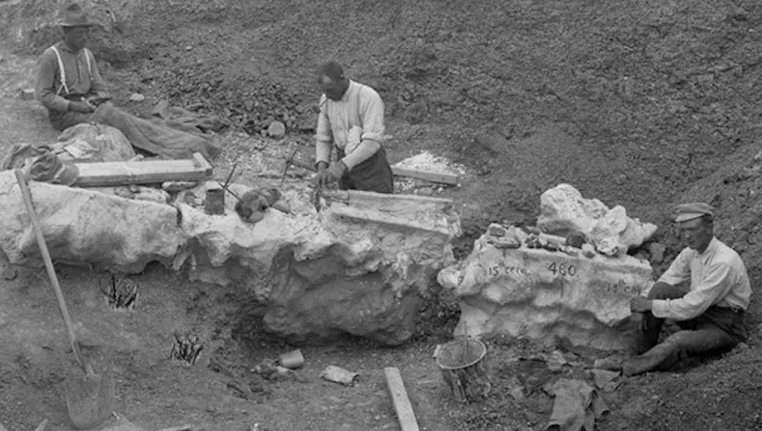When we look at the Earth’s surface, we often see a variety of features like mountains, valleys, and faults. These features are not just random occurrences, but are actually shaped by geologic forces known as diastrophism.
What is Diastrophism?
Diastrophism refers to the process of deformation or movement of the Earth’s crust. These movements can be caused by various factors such as tectonic plate movement, volcanic activity, or even the weight of glaciers. Over time, these movements cause changes in the Earth’s surface, leading to the formation of mountains, valleys, and other landforms.
Types of Diastrophism
There are two main types of diastrophism:
1. Folding: This occurs when rocks are bent or folded due to compressional forces. This process often results in the formation of mountains and mountain ranges.
2. Faulting: This occurs when rocks are broken or fractured due to tensional forces. This process often results in the formation of faults and valleys.
Effects of Diastrophism
Diastrophism plays a crucial role in shaping the Earth’s surface. It is responsible for the formation of many of the landforms we see today. For example, the Himalayan mountain range was formed as a result of the collision between the Indian and Eurasian tectonic plates. Similarly, the Grand Canyon was formed due to a combination of folding and faulting processes over millions of years.
Understanding diastrophism is important for geologists and researchers as it helps us understand the Earth’s history and predict future changes in the Earth’s surface. By studying these geologic forces, we can learn more about the dynamic nature of the Earth and how it continues to evolve over time.
In conclusion, diastrophism is a fundamental process that shapes the Earth’s surface. By understanding how these geologic forces work, we can gain valuable insights into the history and future of our planet.

